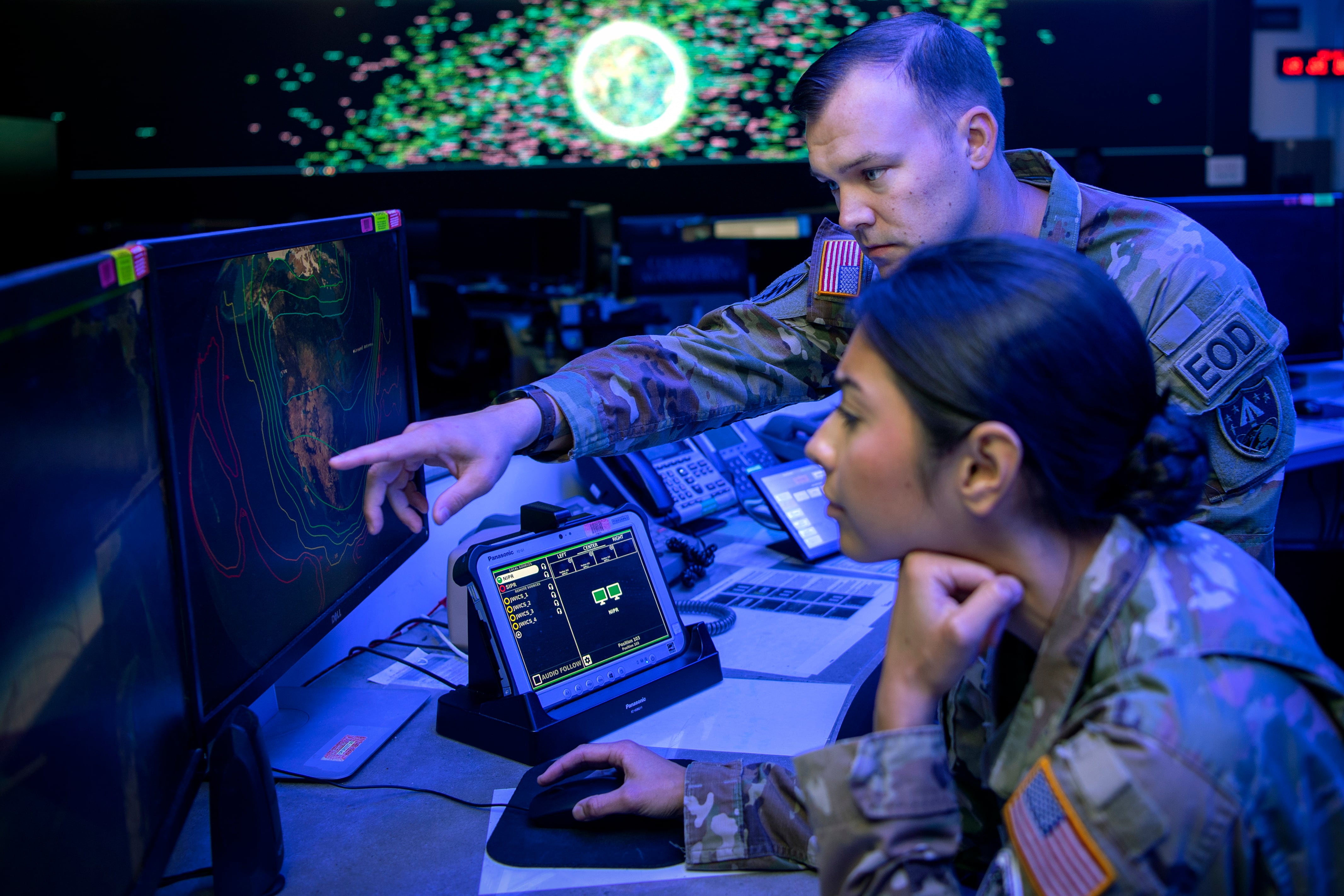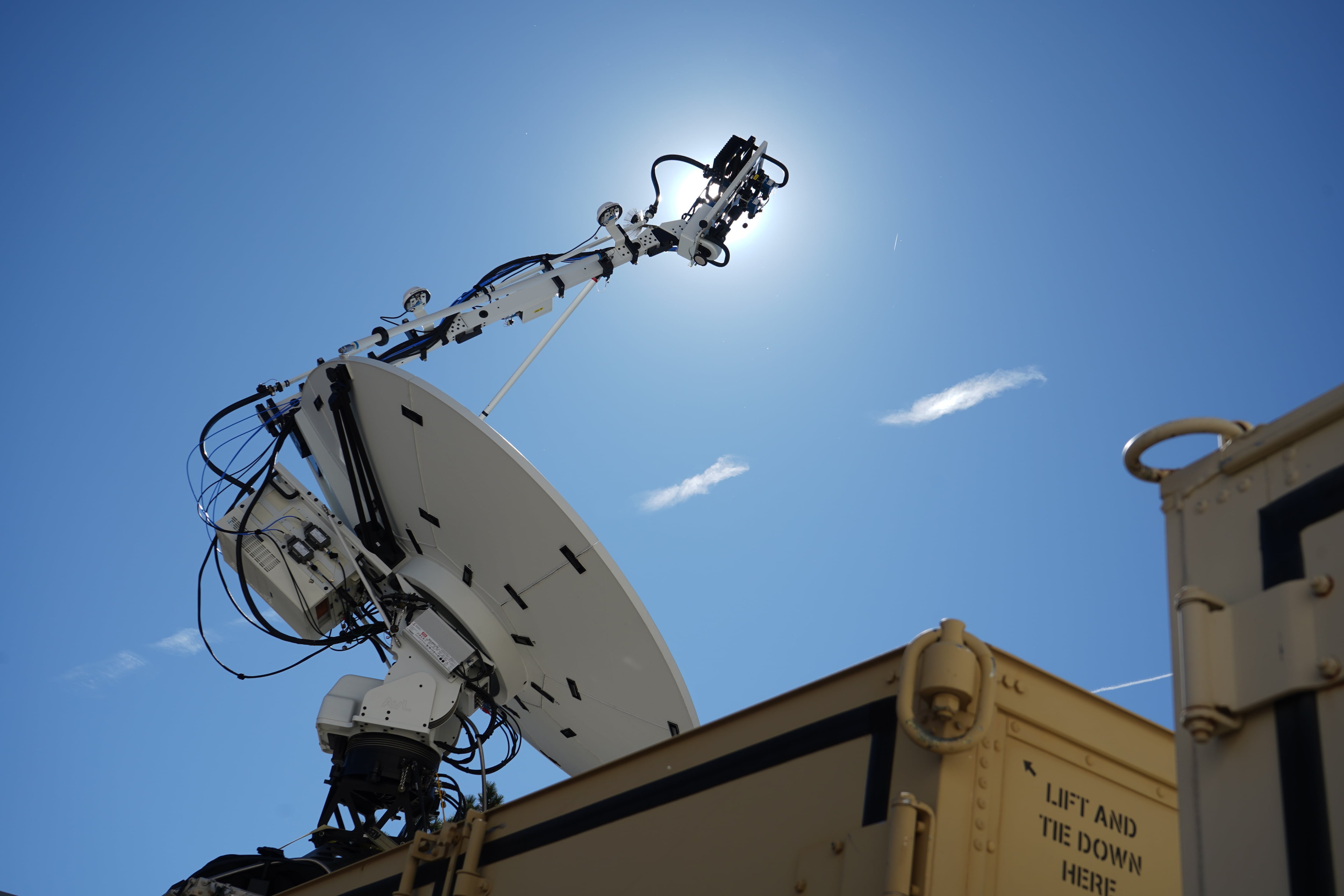Despite the cyber mission force recently reaching initial operational capability, the military is still determining how it will fight in cyberspace. According to Lt. Gen. Alan Lynn, director of the Defense Information Systems Agency and commander of Joint Force Headquarters – Department of Defense Information Networks, the force still has work to do.
During a keynote presentation at the annual MilCom conference in Baltimore on Nov. 1, Lynn outlined in stark terms the daily barrage of threats the DoD network faces. Out of 43.3 million emails processed per day, 36.4 million are blocked, 300 million access attempts to the network are blocked, and 1.1 billion operational events take place every month in terms of defensive cyber operations to protect the network.
The No. 1 mission of Cyber Command is to defend DoD networks, which is what JFHQ-DoDIN chiefly conducts globally. Lynn said cyber forces have deployed in nine named operations despite the fact that JFHQ-DoDIN has not reached full operational capability yet — something previous and current JFHQ-DoDIN officials descried as being mission based.
One dimension of cyber defense Lynn said he strongly desires are software-defined networks — something he has hit on previously. A software-defined network has all the necessary applications over it, he said, then on top of that there are the customers and users.
The network can be duplicated as many times as necessary. If the network is attacked — especially in a persistent manner, one in which the attacker stays on the network for an extended period of time without being detected, which Lynn said DoD is most worried about — the network can be moved. If networks can be moved fast enough, Lynn said, it’s just like frequency-hopping radios. This is a notion DoD CIO Terry Halvorsen has hit on previously.
"That effect can be: How do you change networks on a dime? ... How do we get that concept of being able to move agily and do that in an environment that includes all the partners I talked about?" he saidin September.
It’s a lot harder for someone to keep up and attack a network that is constantly moving, Lynn said.
Mark Pomerleau is a reporter for C4ISRNET, covering information warfare and cyberspace.








